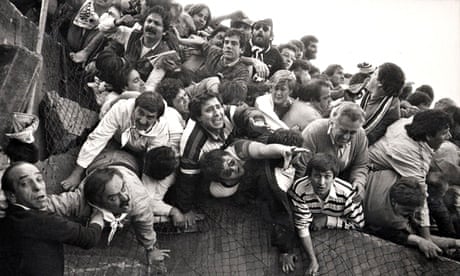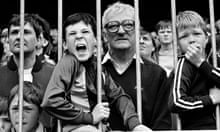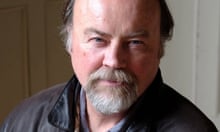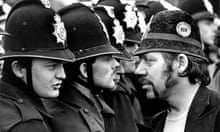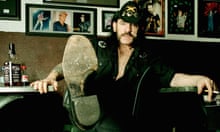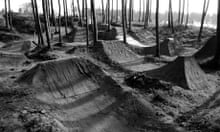I have a battered box of prints at home that I haven’t looked at for the last five years, not since the last major anniversary. It contains some of the worst memories of my photographic career. I took the pictures in the box, but I hope no one ever gets to see them. They are my ghosts, and I like to keep them hidden.
At every major anniversary of the Heysel stadium disaster, magazines and TV companies have asked to look at them and then thankfully decided not to use them. It is an odd position for a photographer to be in but I’m glad they have stayed in the box.
Although it is 30 years since that May night in Brussels, the memories are still vivid of an evening that went from being a dream assignment to a nightmare. And I went from being a sports photographer to a news photographer, in the course of 90 minutes, or less.
It is hard to imagine in this age of 24/7 European football on TV how exciting the prospect of covering the European Cup final for the Observer in Belgium was. I was really looking forward to photographing the flamboyant Juventus fans with their huge flags and crazy black and white costumes, illuminated by their fireworks and flares and the floodlights. It was all so dramatic. But in the end we hardly got to see them.
I spent the half an hour before the game was supposed to start among this colourful Italian chaos, enjoying every second without a hint of what was to come.
I kept an eye on the Liverpool fans at the other end but all seemed calm and I thought I would stay where I was until kick-off. Naturally I would have photographed Liverpool on the attack in the first half and I was ready to change ends if I had to. But this was great fun and making some wonderful pictures.
And then, suddenly, it all kicked off. I noticed a red wave running from a side of the terracing at one end of the ground to the other. Many of the fans of both sides had been drinking all afternoon but the mood seemed good and there was no hint of what was to come.
I have covered hundreds of games of football and these skirmishes thankfully usually peter out – but not this one. I was in Brussels for the paper and thought I’d better get down there – you never know what might happen.
As well as my long lenses for the game I was carrying a small compact camera around my neck, which was intended to photograph the winning team running around with the huge European trophy at the end of the game.
Just as I got to the other end of the ancient gladiatorial stadium, the wall holding some Juventus fans broke right above me. I got two quick shots with my little camera before getting out of the way, while these fans escaped on to the pitch.
This is the photograph that the Observer used a few days after the tragic events of the 29th of May 1985 and the one you can see at the top of this article.
Minutes later Juventus fans were trodden to death by their fellow supporters when they realised they could not get out by running up to the back of the stand, as it was a sheer drop. The best way out for was to run down the steps and in the panic many died on the terracing.
I could tell pretty quickly that many people had died and I rushed to where the press were in a strange press box, overhanging the pitch. They couldn’t see the corner were the wall had broken and probably couldn’t tell how serious it was for a long while.
In the gloom of the box I spotted Brian Glanville of the Sunday Times and indicated with three sets of 10 fingers and a rather dramatic drawing of my finger across my throat that at least 30 people had died.
Reading this now you know that 39 people died at Heysel but when I took my first shots I did not know what the story was and what huge consequences it was to have on football in Europe.
I was in a daze of adrenaline and fear and found myself shooting dead bodies on the pitch and on improvised stretchers made out of barriers which also carried the wounded to ambulances.
The sounds of screaming were horrendous. I’ll never forget one Juventus fan standing among hundreds of shoes that had been dragged off in the chaos, he was looking in vain for his friend shouting: “Mario, Mario”. I did shoot photographs of people dead and dying, not realising at the time they were too strong for any newspaper to use.
I know the photographers covering Heysel, the Bradford fire and Hillsborough came in for a lot of criticism for taking pictures at these terrible events but we are sent to cover these games and sadly they sometimes end in tragedy and the responsibility is on us to try to tell the truth with our pictures, especially when we are abroad. Brussels was a long way from London in 1985 – long before Eurostar and mobile phones.
The authorities chose to play the match which seemed to go by in an instant, in case there was more trouble on the streets around the ground with angry fans seeking revenge. I never processed the film from the game itself – it seemed so pointless.
Eamonn McCabe was the picture editor of the Guardian 1988-2001 and won the News Photographer of the Year for his work at Heysel in 1985
